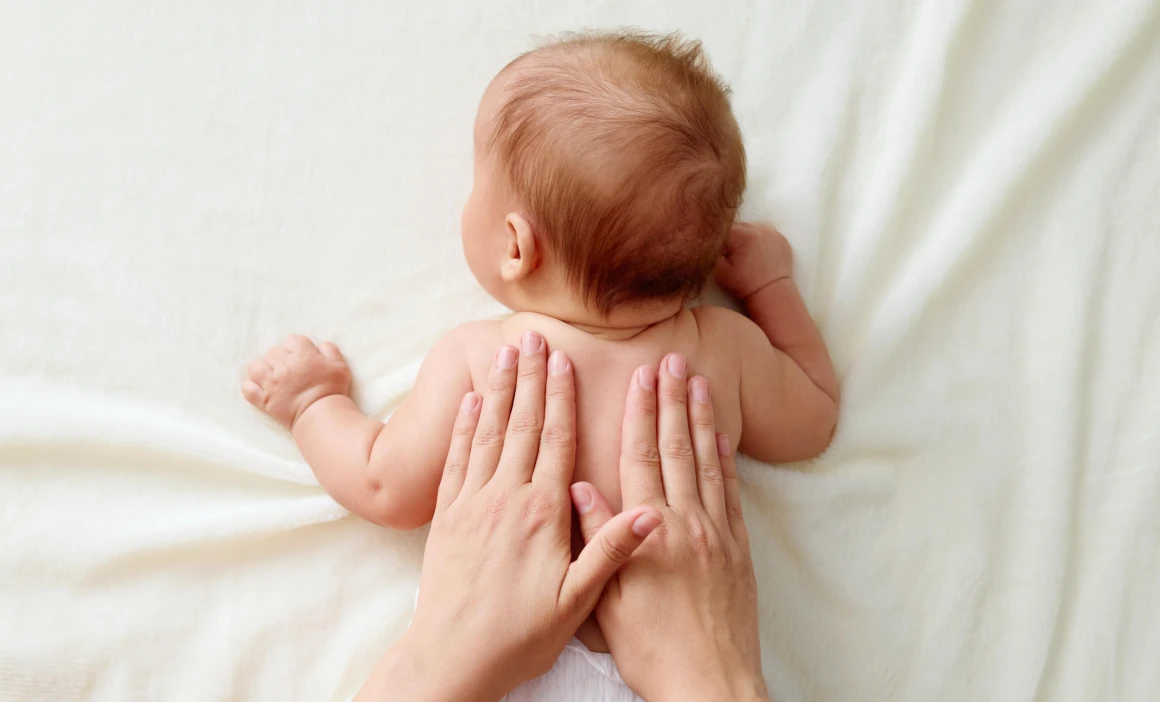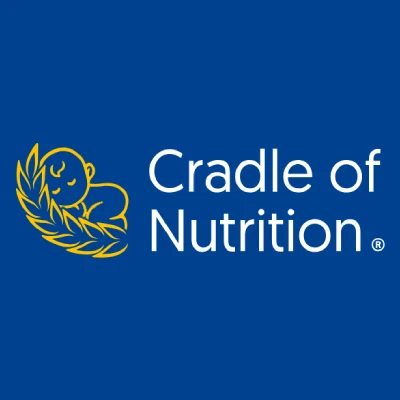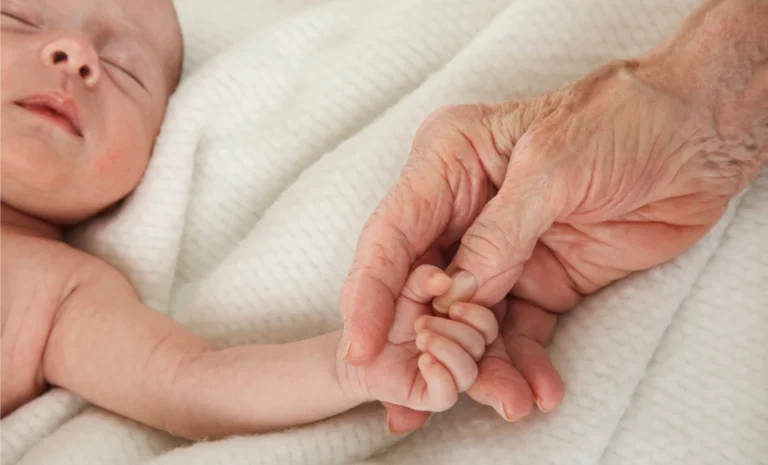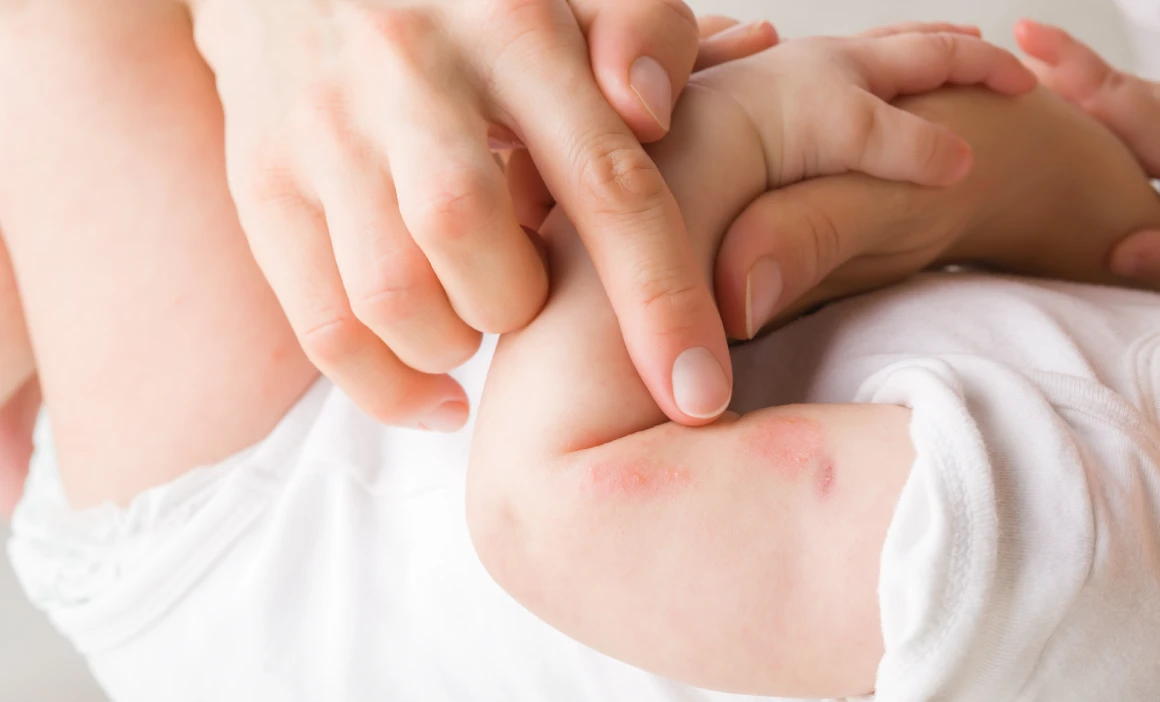
The Science of Baby Massage: Benefits for Sleep, Bonding, and Motor Skills

Cradle of Nutrition
- 5 minutes read
By Erika Barabás
Baby massage is more than just a relaxing ritual, it’s an effective way to support your baby’s physical, emotional, and cognitive development. Whether you’re a new parent or caregiver looking for ways to strengthen your bond with your baby, improve baby sleep, or relieve digestive discomfort like colic, baby massage offers a variety of benefits. In this ultimate guide, we try to cover everything you need to know about baby massage benefits, the best time to start baby massage, and expert tips to ensure you get the most out of the experience. All of this is backed by scientific research.
Why Baby Massage is Essential for Your Baby’s Development
Baby massage has numerous benefits for your baby’s health and well-being. Research has shown that regular massage can enhance your baby’s emotional connection with you, promote better sleep, support motor skills development, and even alleviate colic and digestive issues. Here are some of the top benefits of baby massage:
1. Strengthens the Parent-Child Bond
One of the most profound benefits of baby massage is that it helps enhance the emotional bond between you and your baby. Regular massage boosts the production of oxytocin, the “love hormone,” which strengthens the emotional connection and trust between you and your baby.
- Research: Studies show that baby massage helps parents respond more quickly to their baby’s cues, leading to a stronger emotional connection and reduced stress.
2. Promotes Relaxation and Stress Relief
Baby massage helps reduce cortisol (the stress hormone) and increases oxytocin, leading to deep relaxation. This can help your baby relax, improve sleep quality, and lower stress levels.
- Research: Babies who receive regular massages experience less tension and improved sleep quality, thanks to the calming effects of the massage.
3. Supports Motor Development and Muscle Tone
Massage is an effective way to stimulate your baby’s muscle development and motor coordination. By gently massaging their muscles, you can support their physical growth and help them develop strength and flexibility.
- Research: Babies who receive regular massages show better muscle tone and faster motor development compared to those who don’t receive massages.
4. Relieves Digestive Discomfort
Tummy massage is particularly beneficial for babies who suffer from colic, gas, or constipation. Gentle abdominal massages stimulate the digestive system and encourage healthy bowel movements, which can alleviate discomfort.
- Research: Studies have shown that tummy massage significantly reduces colic and digestive discomfort, helping babies feel more comfortable.
5. Boosts Social and Cognitive Development
Touch is crucial for a baby’s social and emotional development. Baby massage encourages positive social interactions and emotional responsiveness, helping your baby develop empathy and stronger social skills.
- Research: Babies who receive regular massage are more responsive to social cues and tend to develop better emotional regulation and social skills.
When Should You Start Baby Massage?
Wondering when to start baby massage? You can begin as early as the first few weeks of life. However, the ideal time to start depends on your baby’s age and development stage. Here’s a quick breakdown of when and how to start:
0-6 Weeks: Start with Gentle Touch
In the first few weeks, your baby is adjusting to the outside world. Start with gentle strokes and focus on massaging their arms, legs, and tummy. Keep the sessions short, and observe your baby’s reactions. If they seem uncomfortable, stop and try again later.
6 Weeks to 3 Months: Establish a Routine
By 6 weeks, your baby will start to respond to touch. You can begin to establish a more regular massage routine, incorporating basic techniques like massaging arms, legs, and tummy. This is also a great time for tummy massage if your baby has colic or gas.
3-6 Months: Introduce More Techniques
At this stage, your baby’s muscles are getting stronger. You can try massaging their back, shoulders, and neck to improve coordination and strength. As your baby begins rolling over and sitting up, massage will help them gain better control of their movements.
6 Months and Beyond: Full-Body Massages
By 6 months, your baby will enjoy a more interactive massage. You can give full-body massages, focusing on their arms, legs, back, tummy, hands, and feet. At this stage, the massage sessions can be longer, and you can experiment with different strokes to keep things interesting.
Top Tips for a Successful Baby Massage
To ensure that your baby massage experience is safe, effective, and enjoyable, follow these helpful tips:
1. Watch Your Baby’s Cues
Every baby is different. Pay attention to how your baby reacts during the massage. If they seem fussy or uncomfortable, stop and try again later. The goal is to create a relaxing and calming experience for your baby.
2. Use Baby-Safe Products
Make sure to use a baby-friendly oil or lotion that is gentle on your baby’s delicate skin. Look for hypoallergenic products to avoid any irritation. You don’t need a lot—just a few drops will do the trick.
3. Wait After Feeding
Avoid massaging your baby immediately after a feeding. Wait at least 30 minutes to ensure your baby’s digestion is settled. The best time for a massage is when your baby is calm and relaxed, not overly hungry or tired.
4. Be Gentle
Babies have sensitive skin, so always use gentle, soothing strokes. Avoid applying too much pressure and stick to slow, smooth movements to help your baby relax.
5. Start with Short Sessions
Especially in the beginning, keep your massage sessions short, about 5-10 minutes is ideal. Gradually increase the duration as your baby gets used to the process and begins to enjoy it.
In a Nutshell: Baby Massage is a Powerful Tool for Your Baby’s Health
Baby massage is a wonderful way to promote your baby’s overall health, from physical development to emotional well-being. Research shows that it can help your baby sleep better, develop stronger muscles, reduce colic, and foster emotional bonding between parent and child. Starting around 6 weeks is ideal, but it’s never too late to introduce massage.
Remember to be gentle, responsive, and patient. As long as you’re attentive to your baby’s needs, baby massage will be a soothing and rewarding experience for both of you.
Happy massaging!
References:
1. Effects of Infant Massage: A Systematic Review by Rebecca Mrljak, Ann Arnsteg Danielsson, Gerth Hedov and Pernilla Garmy publ. 2022 on MDPI
2. Swedish healthcare website provided by the Swedish National Healthcare Services
https://www.1177.se/Vastra-Gotaland/barn–gravid/att-skota-ett-nyfott-barn/spadbarnsmassage-vid-kolik






